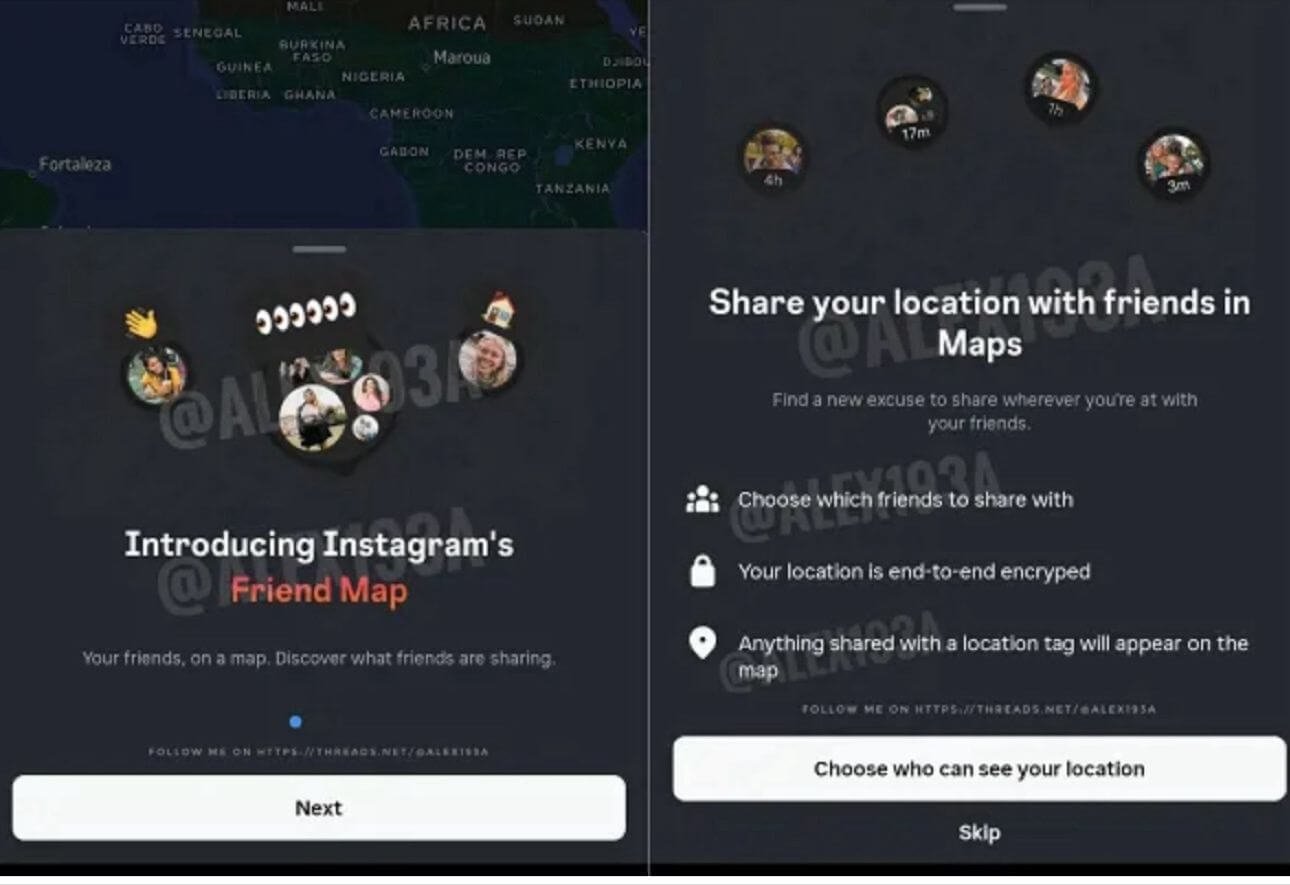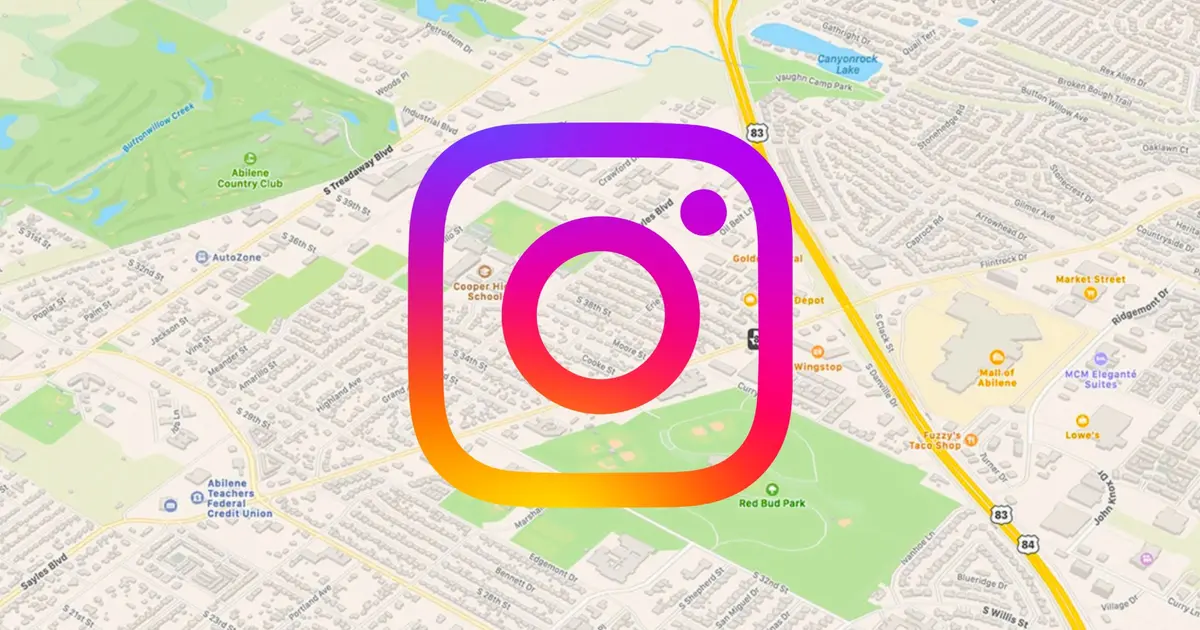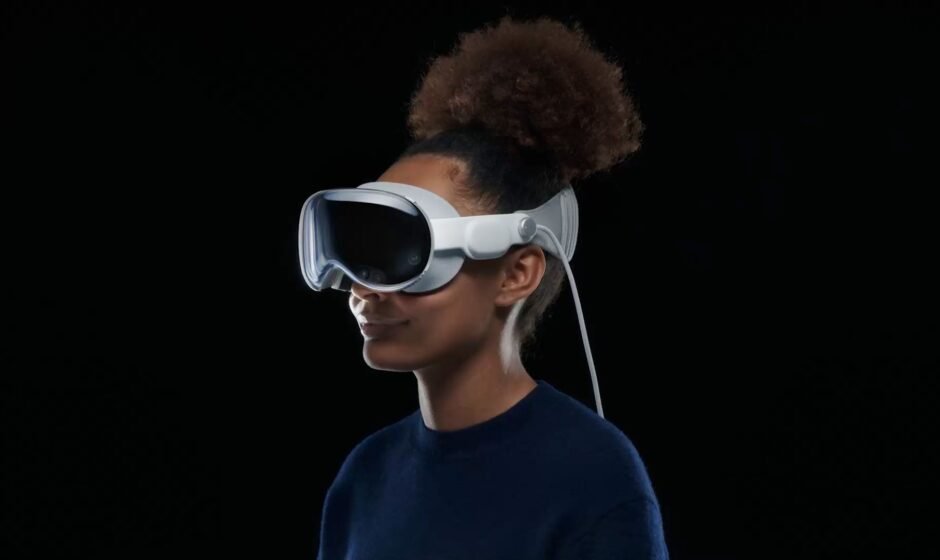In the evolving digital landscape, AI, VR, and MR serve as ultimate tools to enhance user experiences in the immersive virtual world, especially in terms of eCommerce. Another avant-garde solution, known as ‘spatial computing,’ seamlessly integrates digital content into physical space, enabling users to interact with virtual objects as if they were real. Imagine a world where you could alter and interact with digital content and seamlessly create workspaces—that’s the essence of spatial computing. Speculation surrounds Apple, poised to bring a paradigm shift in its innovations by introducing a spatial computing device known as Apple Vision Pro. It sounds exciting, but is it merely a fancy gadget or does it set out to be a revolutionary device? Let’s dive into the potential it holds.

Spatial Computing with Apple Vision Pro: Turbocharging the user experience
Apple has been since its foundation, has been deemed as one of the tech giants with innovative, promising solutions. Therefore, making them among the most followed brands. Recently, they have a taken a bold step towards the inception of spatial computing device, known as “Apple Vision Pro”. It is said that it would be a form of computing, eliminating the need of any mechanical controller to interact with the digital content, instead it will scan the interests via eye movements. It is said to serve as a means to create a decentralized network, as it is aimed at connecting people directly with each other, however being slightly centralized. It is said to serve as a broader approach towards virtual word, enabling to enhance productivity and collaboration. Some of the major features include:
Virtual Workspaces:
Collaborating with colleagues, in shared virtual spaces, staging meetings even if you are miles apart from each other. Moreover, ideas and documents can be shared virtual whiteboards.
Remote assistance via essential workers:
Real-life issues can be resolved, for instance, Engineers can guide repairs remotely with superimposed instructions and doctors can consult patients and view medical scans in 3D for improved diagnosis.
Design and prototyping:
Architectural designs and floor maps can be presented online; users can walk through them and engineers can prototype and test products in a virtual environment.
Educational assistance:
Enhanced learning experience with 3D visualization of complex and stimulating concepts.
Virtual Marketplace:
You can try products virtually or visit the stores.
Interactive Infotainment:
Immersive gaming and theatre experience, enabling you to witness the 3D graphical imagery.
It is sought Apple users to give experience of the virtual world, integration of spatial computing with a blend of AI/MR and VR.
Is Hype for real? Apple Vision Pro might need to fill some gaps
Is Apple Vision only limited to creating buzz or holds more? While it is among the highly anticipated devices for immersive, virtual experience but it has its sheer pitfalls. Masses are already enticed by its futuristic features of implementing real-life solutions in the 3D world. However, there are some aspects that have raised eyebrows of many and have left contemplating over many things. While the prominent setback is that it might not be made available to many due to it being a high-end device, but there are other factors that might result in losing the charm. Other factors include;
Void of Haptic feedback:
It has robust, intuitive system sensing the eye and hand movements and detecting the user intent, but due to it being deprived of sensing the activity of surroundings, many find it an obstacle to become wary of the hereafter in the virtual world. However, feature of spatial mapping has been said to be the best alternative for this.
Limited availability:
Though it has been given go-ahead for the public release but still its availability to the official franchises persist.
Possible privacy concerns:
Since it is partially decentralized network, many fear the risk of the data being shared to the third parties, however, Apple has taken some measures to prevent such risks, such as integrating of such sensors which indicate about any third parties’ apps or unknown devices.






